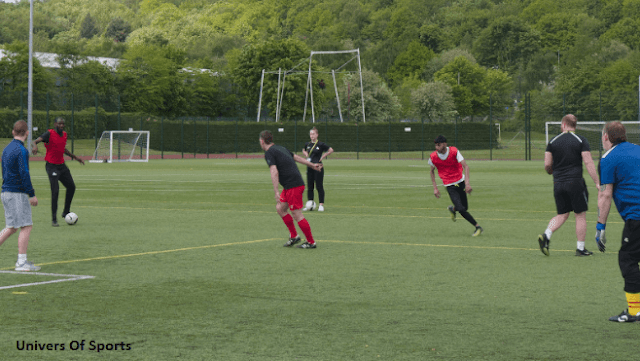The benefits of football for health
 |
| The benefits of football for health |
From childhood, football attracts many followers. But many adults still practice. I must say that, like all sports, football brings many health benefits that add to the fun of playing as a team.
Football, a sport that requires endurance and resistance
Football is an intense team sport that requires significant changes of pace during the matches compared to the training. Players follow acceleration sometimes without recovery time.
This is why, in addition to dealing with speed and relaxation qualities, football also requires endurance and endurance qualities that require good physical condition and regular training. Attention, caught in the game, players may be forced to stretch and take risks. In addition, this contact sport can generate many injuries.
Football, a team sport which brings many benefits for health
Even if football is mostly working on the lower limbs, all the muscles contribute, making the collective sport a complete sport.
Alternately between moderate running and speed, football requires aerobic and anaerobic efforts.
During the game, players travel between 9 and 12 km, in the form of slow running (45% of the time, 5.1 km), walking (25%, 2.8 km), jogging (13%, 1, 5 km) 1.26 km). The player spends about 5 to 20 calories per kilogram of weight.
Football practice develops:
- the cardiovascular system;
- all of the muscular system;
- endurance and resistance;
- balance and coordination;
- speed and relaxation;
- Efficiency;
- the tactic.
Is football a sport for everyone?
Everyone can practice football, at any age, girls and women also. A good view is indispensable to football: enjoy the trajectory of the ball, the position of the partners in perpetual motion, estimate distances, resist glare (especially for the keeper), etc.
Be careful, if the heart is put to the test, the football players are also exposed to many traumas...
In children, the problems observed most often are sprains knee or ankle, Sever disease (inflammation of the bone of the heel) and fractures of fatigue. There is also of the periostitis (inflammation of the membrane that surrounds the bone) at the level of the tibia. This inflammation results in a diffuse pain during accelerations and decelerations.
How to avoid getting hurt in football?
Football often leads to slight injuries such as muscle contusions or hematomas. More rarely, and depending on the intensity of the commitment in the game, we can see muscle or joint injury.
To prevent these injuries, technical training is accompanied by basic training (running) to develop endurance.
- Warming up is essential: cardiovascular (footing 15 minutes, jumping ), locomotor (stretching and relaxation of large joints) and technical (shoots, passes, shot on goal).
- The equipment is essential: Shin guards, cleats adapted to ground, short reinforced at the hips and gloves for the goalkeeper.
- Rehydrate regularly (pure water or sugar water), as soon as possible (time-outs, half time) is a necessity.
- Adopt a balanced diet: increase contributions in slow carbohydrates the day before a game (rice, pasta).
- Cover yourself immediately after games and put on dry clothes if necessary.





0 Comments